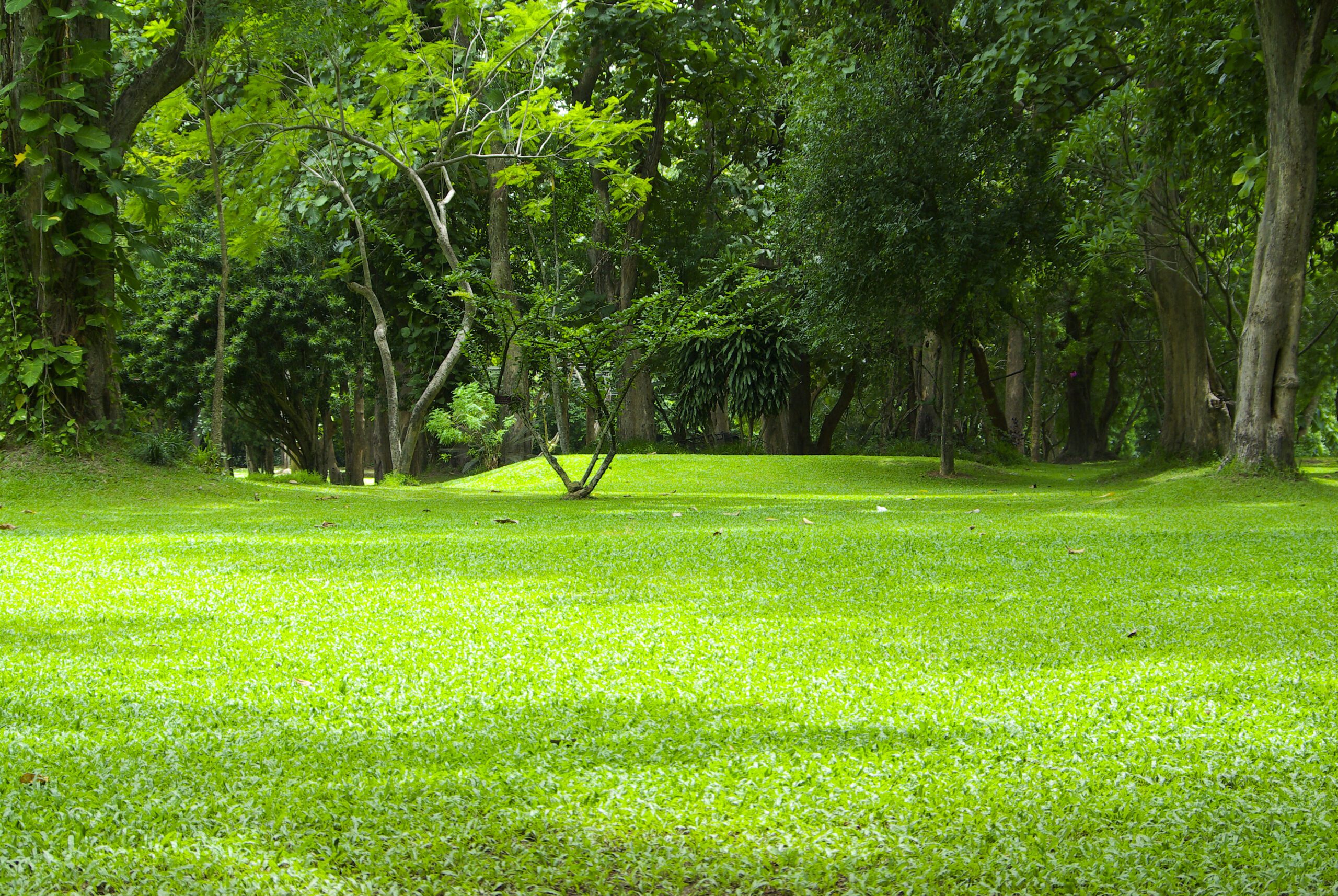Essential Tips for a Lush Green Lawn
Maintaining a beautiful lawn requires effort and attention. Here are some essential tips to help you achieve a lush green lawn:
1. Water your lawn regularly, but don’t overwater it. Aim to water your lawn early in the morning or late in the evening when temperatures are cooler.
2. Mow your lawn frequently enough so that it remains at an appropriate height. Keeping your grass short will prevent weeds from growing and make your yard look well-maintained.

3. Use fertilizer to feed your soil and promote healthy growth. Choose a high-quality fertilizer that is suitable for your type of grass.
4. Aerate your lawn periodically to improve drainage and allow air to reach the roots. This will also reduce compaction and encourage new growth.
5. Control pests and diseases by using natural remedies such as neem oil or garlic sprays. These products are safe for use around children and pets.
The Importance of Proper Lawn Mowing Techniques
Proper mowing techniques can significantly impact the appearance of your lawn. Here are some best practices to follow:
1. Always mow your lawn when it’s dry. If the grass is wet, wait until it has dried before cutting it.
2. Adjust your mower blades to cut off no more than one-third of the grass blade at each mowing. This will ensure that your lawn stays healthy and vibrant.
3. Mow your lawn often enough so that you never remove more than 1/3 of the total length of the grass blades with each mowing.
4. Follow the pattern of your mowing lines to create a uniform appearance. Make sure to overlap your passes slightly to avoid missed areas.
Choosing the Right Fertilizer for Your Lawn
Fertilizers play a crucial role in promoting healthy lawn growth. When choosing a fertilizer, consider the following factors:
1. Type of Grass – Different types of grass require different nutrients. Consider using a fertilizer that is specifically formulated for your type of grass.
2. Time of Year – Spring and fall are typically the best times to apply fertilizer because these seasons offer optimal growing conditions.
3. Nutrient Content – Look for a fertilizer that contains nitrogen, phosphorus, and potassium (NPK) in a ratio that suits your needs. For example, if your lawn is struggling with poor color or slow growth, choose a fertilizer with higher levels of nitrogen.
How to Prevent and Treat Common Lawn Diseases
Lawn diseases can be frustrating and challenging to treat. However, there are several steps you can take to prevent them from occurring:
1. Practice good cultural practices such as proper mowing, watering, and fertilizing.
2. Identify the disease and its cause. Some common lawn diseases include brown patch, dollar spot, and rust.
3. Remove affected plants or turf immediately to prevent further spread.
4. Apply fungicides or other chemical treatments according to label instructions.
Watering Your Lawn: Best Practices for Healthy Growth
Watering your lawn correctly is critical for maintaining a healthy and attractive landscape. Here are some best practices to follow:
1. Water deeply and less frequently to encourage deep root growth. Avoid shallow, frequent waterings that promote surface rooting.
2. Use a sprinkler system or hoses with emitters to distribute water evenly across your lawn.
3. Avoid watering during the heat of the day to minimize evaporation and maximize absorption.
4. Monitor weather patterns and adjust your watering schedule accordingly. During periods of drought, increase watering frequency to keep your lawn hydrated.




